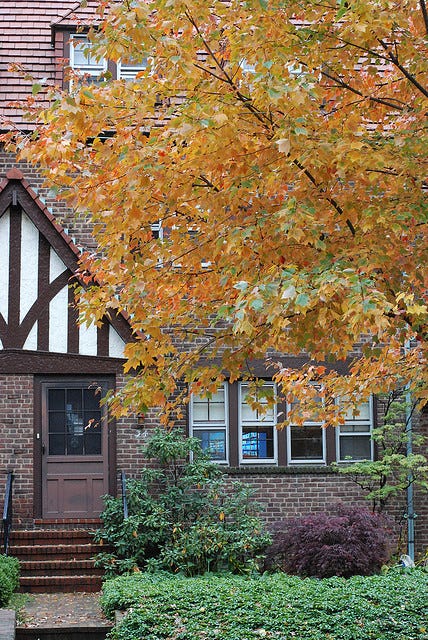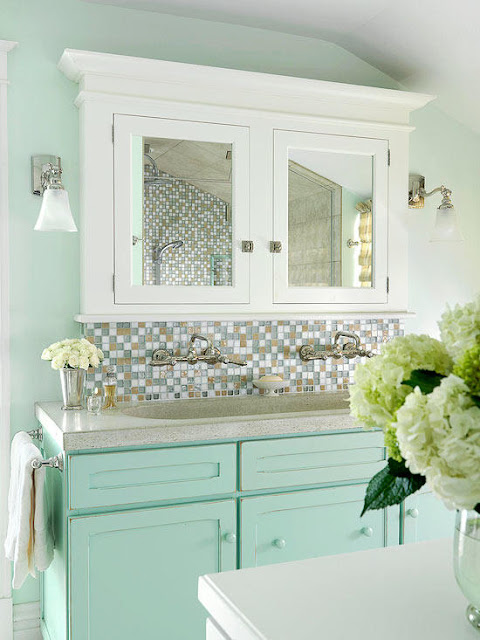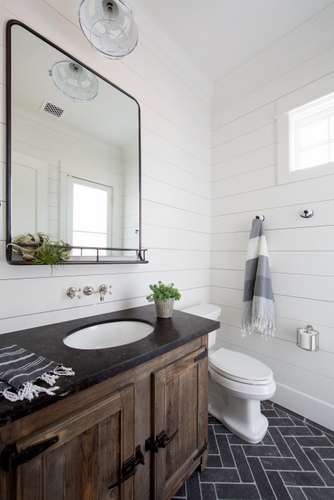Christmas Staging on a Budget
| Yes, you can stage for the holidays without going crazy. |
They are all tempting, these pictures of rooms stuffed with lush garlands and shiny ribbons, colorful fir trees and mantels decked with symbols of the season, kitchens accessorized with gingerbread men, candy canes, and topiaries.
Because most of us want our homes to look festive and even downright stunning, it's a little intimidating.
When you are listing your home for sale, you can't be seduced by the decorating magazines and blogs featuring over-the-top home tours.
I'm here to pull you out of the guilt loop. If you are staging your home for sale, you have enough to do just keeping your home organized, clean, and show ready.
Here is my handy list of pointers to keep you from getting overwhelmed and yet on budget during December.
Choose a color scheme
You don't have to use the default red and green color combo for your Christmas decorations.Instead, select a two- or three-color palette that you really like.
So, step one of your holiday decorating would be to explore your home to collect items of a certain color. Think outside the box.
You may even decide to rearrange some pieces of furniture to relocate chairs or end tables to places where you intend to add seasonal embellishments.
 |
| A black-and-white color scheme is a welcome change from the usual. Diane at In My Own Style blog used satin ribbons in saturated colors to punch it up a little. |
Once your decorating is centered around a certain group of colors, your rooms will look cohesive and planned, rather than rooms where someone just layered on a bunch of swags, ribbons, knick-knacks, trinkets, and candles.
Using simple and familiar colors translates as saving money because you won't be running out to stock up on articles you may not love long term.
Don't buy new
I used to hate it when I paid premium prices for Christmas decorations that I would then see discounted big time on December 26. Now, I always think a full year ahead and select a color scheme for the next Christmas season so I know what I'll be using the following December.That's one way to save money. But you can't rewind the clock to last December 26. The alternative is to buy previously used decorations. We are a throw-away nation. That's unfortunate, but it also serves to keep your budget trimmed.
Please do not turn up your nose at thrift store gleanings. Many an oft-pinned tutorial on Pinterest begins with someone else's ugly reject. Remember almost anything can be spray painted!
Source smart
Besides thrift stores, flea markets, and garage sales as your sources for cast-off decorations, hunt dollar stores. Some of your findings there might need your imagination to convert them from generic knock-offs to classy accessories for staging.My other two favorite places to gather essentials for holiday staging (or staging at any time) are out-of-doors, and your own recycle bin.
But everyone has discards that can be turned into pretty props. Tin cans make napkin rings. Oatmeal boxes make vases. And DIY pillows can be stuffed with shredded paper.
If you must buy new (and I understand!) use coupons for stores like Michaels and Hobby Lobby.
There's always a danger of making a home that's staged frugally actually end up looking cheap. That's the opposite of what staging is supposed to accomplish! I've blogged about the tricks that make inexpensive items look more upscale.
Decorate with year-round items
What you buy now can be part of what you want for the new-to-you home of the future.
If it's time to invest in a new duvet cover, make it part of what you plan for Christmas decorating. If you've been planning to replace your little old cutting board, buy a larger new one that will anchor a lovely kitchen display. If you need a snuggly new throw for the family room couch, choose one in the colors you are using for wintertime staging.
Keep it simple and tasteful
Some of the most elegant tabletop vignettes, mantel displays, trimmed trees, wreaths, and outdoor decor for holidays are the simplest. Let's remember that staging and decorating are two different tasks, and even though you are decorating for the holidays, you are still staging. And staging always calls for simplicity.Another principle to keep your decorations looking simple is to designate a pattern that repeats itself. You may want to use plaid ribbons, a plaid table runner, and plaid ornaments on your tree. Or you could opt for a polka dot or stripe motif that echoes itself in different rooms. This kind of repetition shows restraint, intent, and professionalism. It's the way department store display artists work.
Keep whatever you add to your usual decor anything that diverts attention from your home's selling features -- that killer view, the beautiful farmhouse sink, your roomy master bedroom, or whatever else will make buyers swoon. Your holiday add-ons can actually show off the parts of your home you are most proud of, the things that will win the hearts of buyers.

































